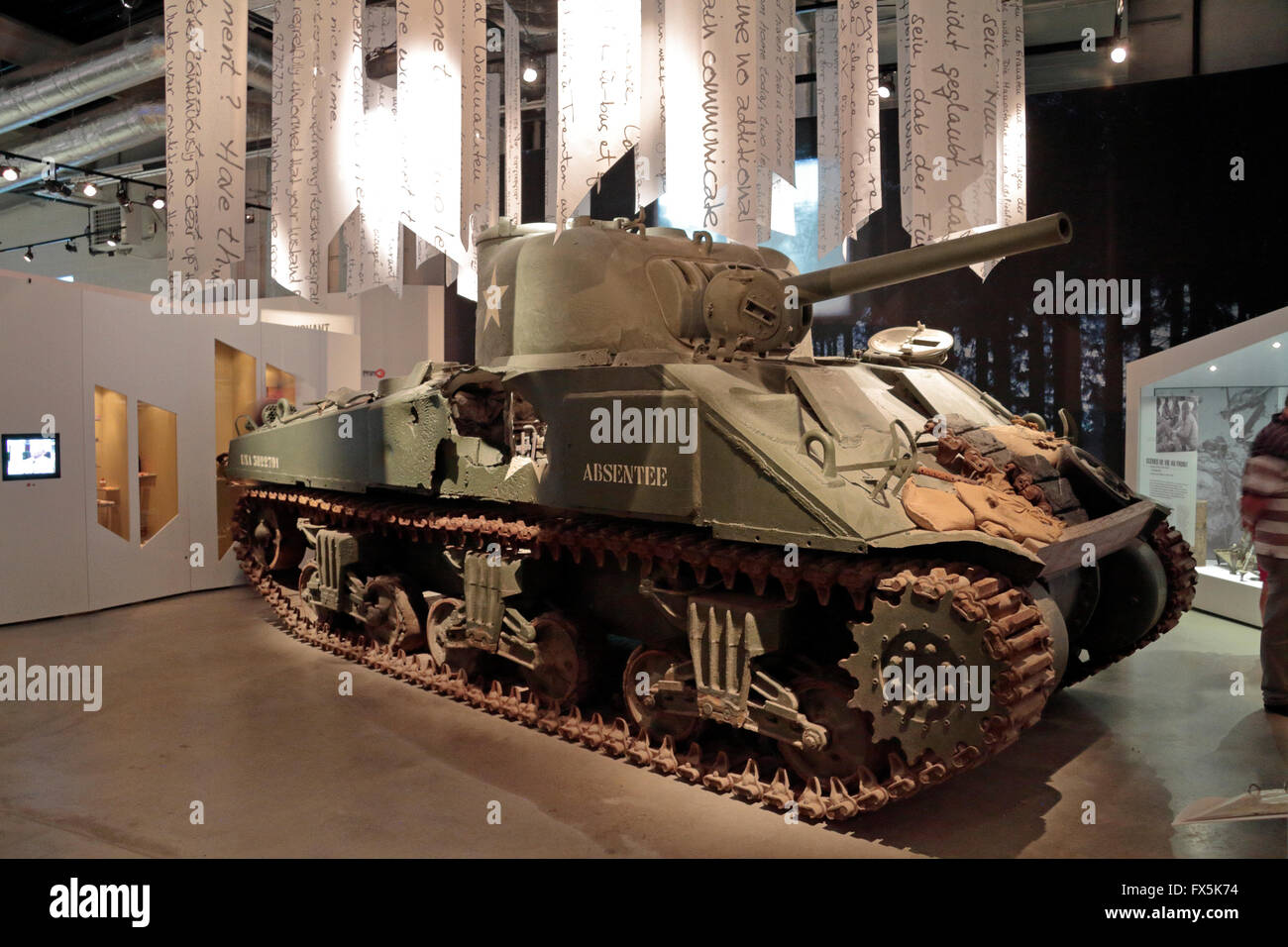
The worst was that it was about impossible to get the smell of death out of tanks when repaired and cleaned up in many cases. This combination of photographs shows the scene along a section of Omaha Beach in June 1944, during Operation Overlord, the code name for the Allied invasion at the Normandy coast in France during World War II, and the same location on May 9, 2019. Ottto Carius in "Tigers in the Mud", IIRC, describes a quite similar "methodology" about German panzers and their casualties.Ĭooper talks of using "buckets" and literally scraping and scrubbing out some tanks and also of the need to literally break bones to get rigor cases out of some tanks. Surviving Crewmembers of course, would often remove single casualties from damaged tanks But with "destroyed" tanks with all the crew dead, it was considered detrimental to armor crew morale to get them involved too much in this, although many did of their own choice. advances in France, the German 5th Panzer Army had as its objective the recapture of Lunville. As part of a counteroffensive against recent U.S. and German armoured forces near the town of Arracourt, Lorraine, France between 18 and 29 September 1944, during the Lorraine Campaign of World War II. From what I can tell it was primarily the job of mechanics and other recovery personell to remove remains from US tanks, Also chaplains and other rear echelon types who were willing, would do this grisly task. The Battle of Arracourt took place between U.S. He was an odinance officer in the US 1st ArmDiv.


Belton Cooper talks of doing this in "Deathtraps".


 0 kommentar(er)
0 kommentar(er)
